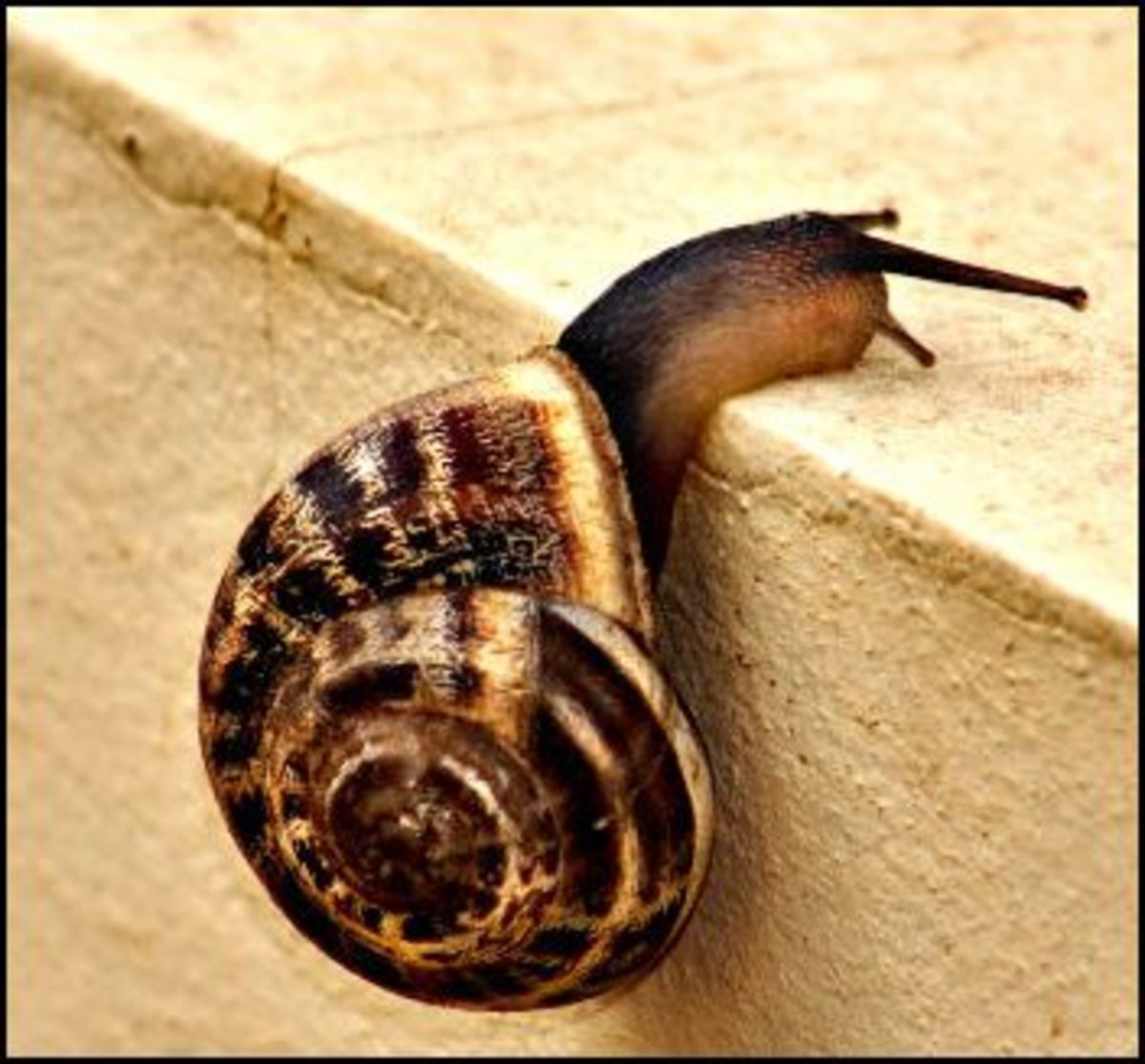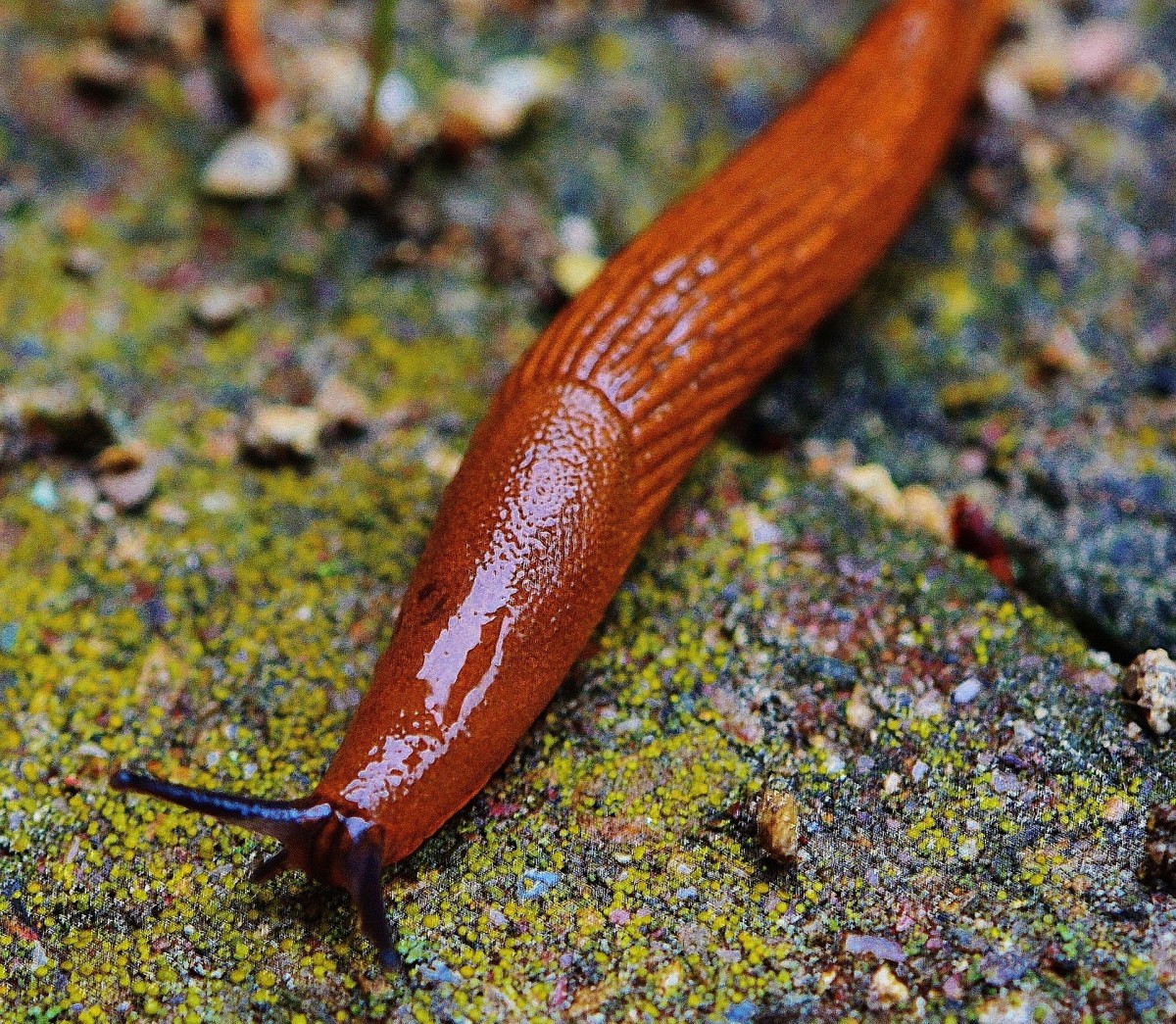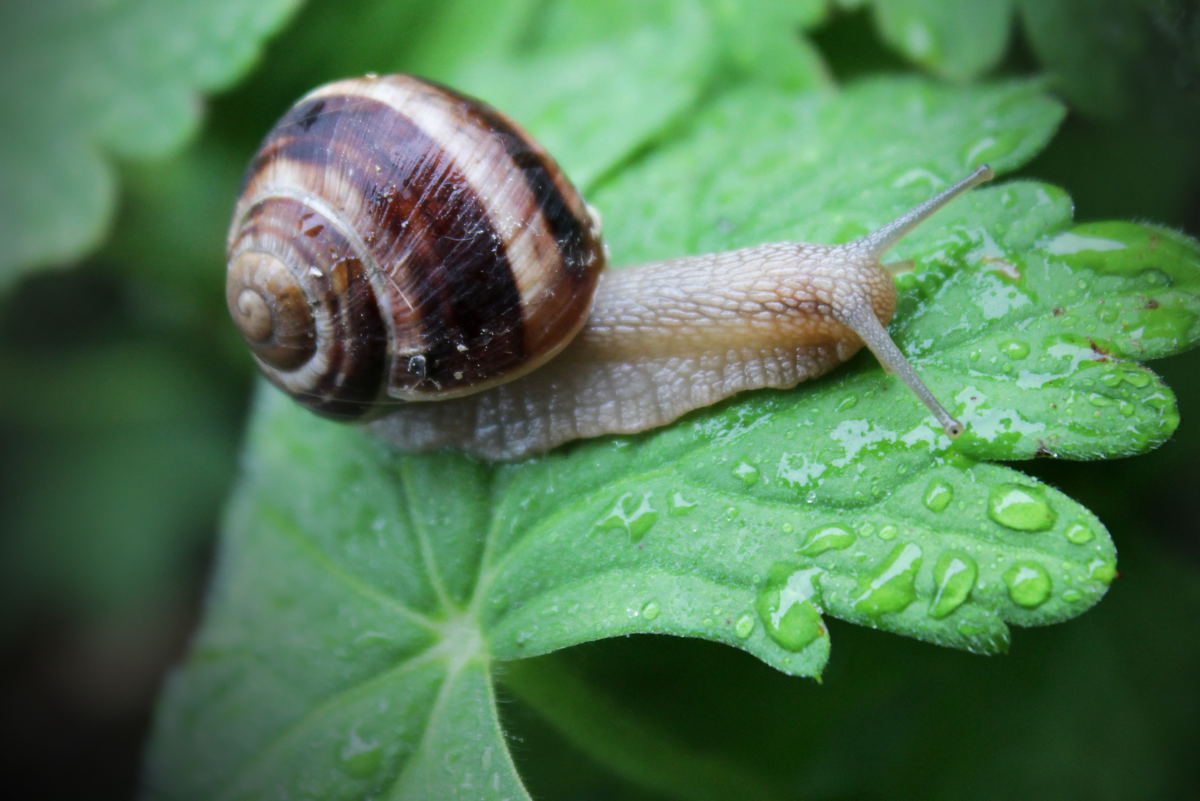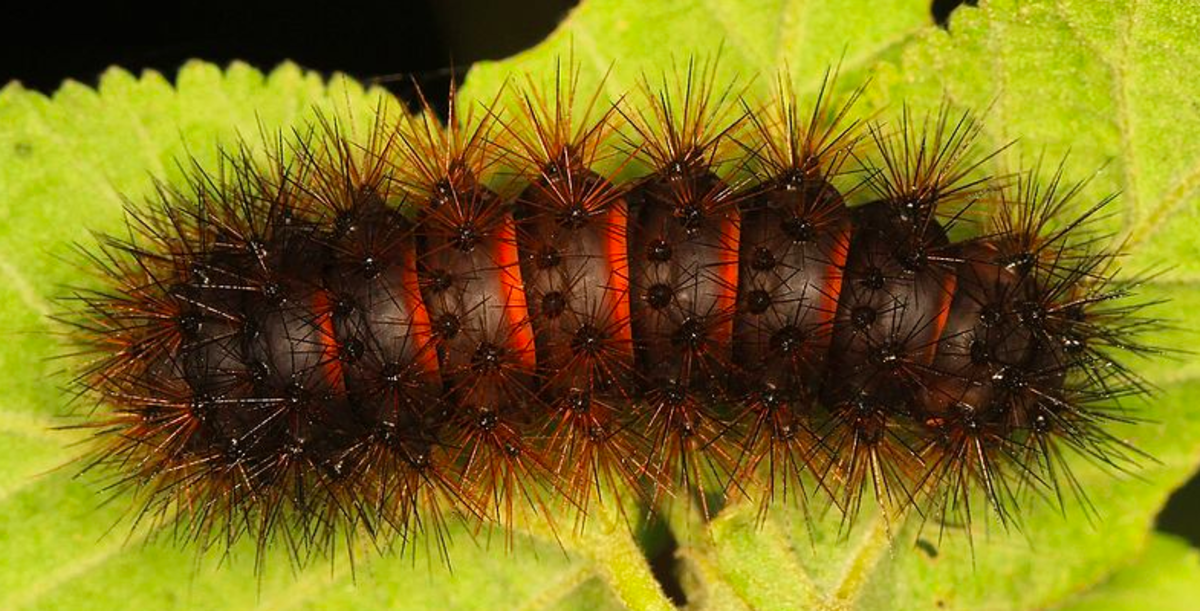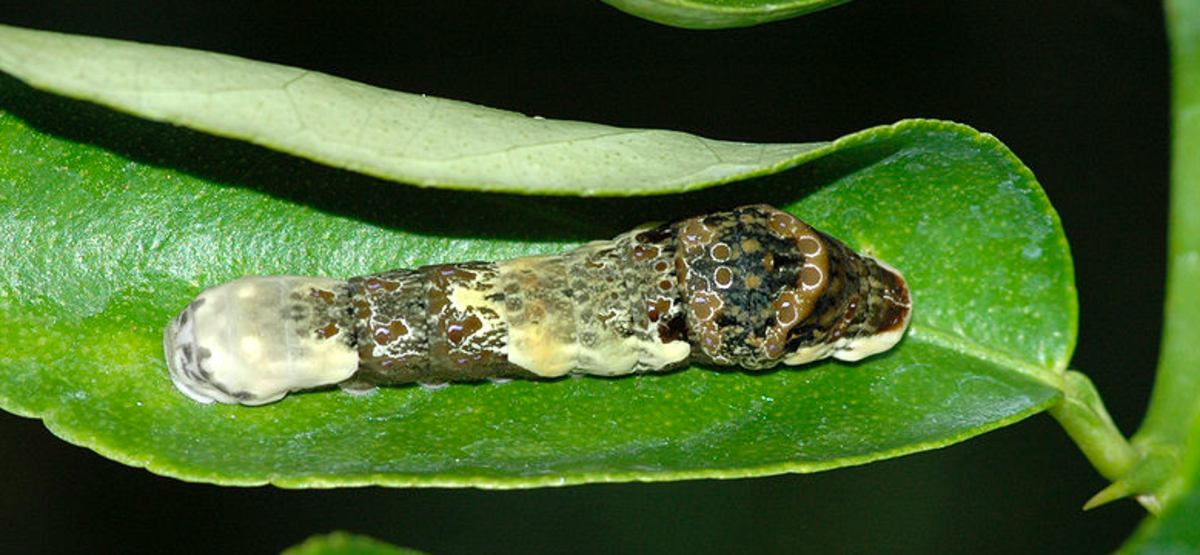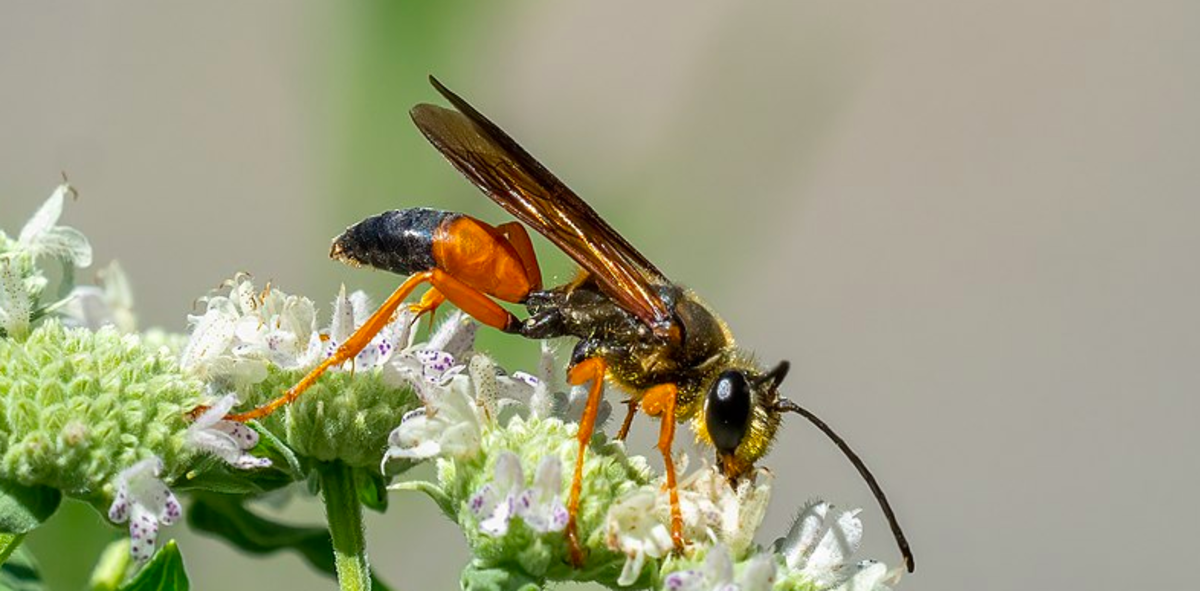- HubPages»
- Education and Science»
- Life Sciences»
- Entomology»
- Insects & Bugs
Are You Losing the War Against Slugs and Snails? Ten Natural Ways to Win the Battle
Your Garden's Enemy!
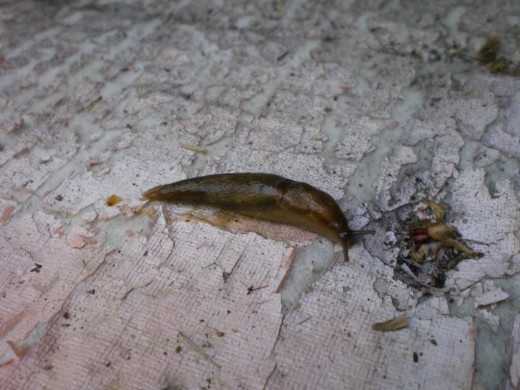
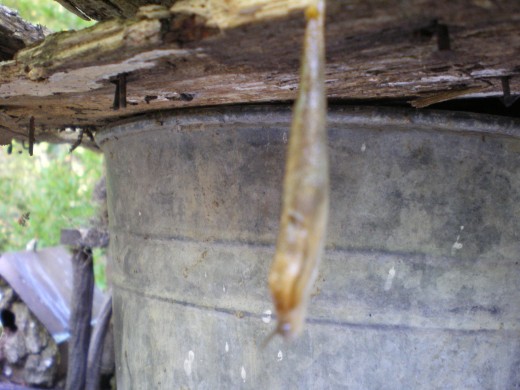
The best way to defeat an enemy is to get to know them first. Slugs and snails are part of nature’s cleanup crew. The trouble is, they were never programmed in self-restraint. Your flowers, veggies, fruit trees, etc. are all fair game to them. They spend their nights and early mornings feeding on vegetation, and then retreat to moist, dark hiding places during the day. Slugs and snails do this primarily to evade most of their enemies, which are active during the daytime hours.
They breed prolifically. Under ideal conditions, one slug can produce millions of offspring. Their eggs look like tiny pearls and can be found under rocks or pieces of wood left on the soil surface. So it is paramount to wage this battle with all the troops you can muster, before this slimy scourge can establish a stronghold in your garden.
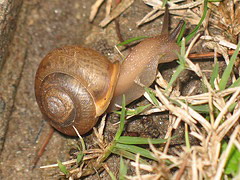
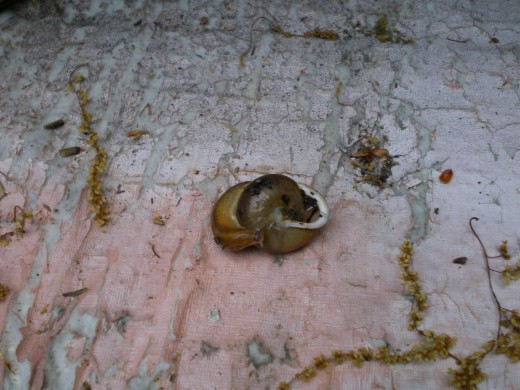
The essential difference between the two critters is that snails carry their home on their back. They are slower to mature, but can live to be 12 years old or more. While slugs mature in only a year, their lifespan is a short 2 years. However, both can do a lot of damage during their lifetime. Look for the telltale shiny mucous trail they leave behind.
Neither of these critters dies off when the temperature drops. Rather, they seek to hibernate in your topsoil until warm weather rolls around again. They are one of the first creatures to emerge in the spring, continuing their garden onslaught well into the fall.
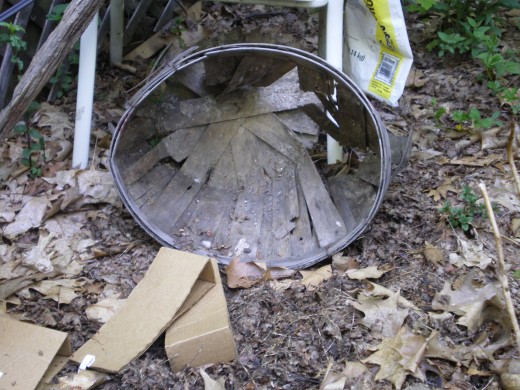
Now that you know something about these over-zealous cleaning troops, you can draw up a campaign and implement ‘Operation Slugfest’. Above all, employ no toxic sprays, powders or liquids. Poisoning the environment is not the way to win this war.
First, prepare the battlefield. Remove all garden debris, leaf litter, old empty pots, pieces of wood, cardboard, etc. Take away all their potential hiding places. *The exception being outlined in number ten below.

Second, bring in the air force. Our backyard birds top the list when it comes to doing away with these slimy creatures. Blackbirds, thrushes, robins, starlings, crows, ravens, blue jays, woodpeckers, ducks, owls, seagulls, and chickens all relish this garden pest. Add bird houses and feeders to your garden and yard to attract your enemy’s largest consumer.

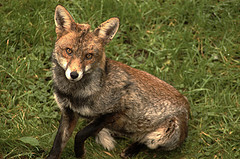
Third, plant lots of wildflowers to attract the beneficial insects that can help control the slug population. Parasitic flies, black garden beetles, spiders (they eat their eggs), ants, carrion beetles, rove beetles, daddy long legs, centipedes, soldier beetles and firefly larvae comprise just part of a large battalion of ground troops. The parasitic insects deposit their eggs inside the body of the slug. Their larvae then 'chow down' from the inside out! Nature can be very gruesome, indeed.
You’ll also find an eager night patrolling battalion, including foxes, badgers and skunks. They know where they hide and will hunt for the slimies while you sleep. You can tell a skunk has been hunting if you see little tufts of grass and moss unearthed. They use their nose to hunt for and uncover grubs and other such 'juicy fare'.
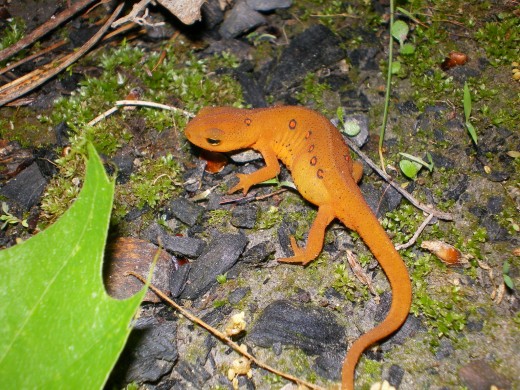
Fourth, create a rock pile to encourage toads, grass and garter snakes, salamanders and shrews to aid in your fight. They will appreciate being able to hide among the rocks as they prepare to do battle on your behalf, while remaining harmless to you. I love the little salamanders. They remind me of miniature dinosaurs!
Fifth, set up barriers by using pine needles or cedar chips for mulch. Slugs don’t like the roughness or the acidity.
Sixth, employ non-chemical warfare. I have used a product called ’SlugMagic’, which is available at garden centers and on line. The slugs are attracted to it, eat it and then stop eating anything else. Both the slugs and the bait break down into harmless components that can then be taken up by the soil without toxicity. It is safe to use around children and pets, is long lasting even if it rains, and can be used right up to and including the day of harvest.
Seventh, lay down a mine field in the form of copper strips. These can be secured around garden boxes and planters. The slugs and snails receive an electrical charge if they try to cross this mine field, so they don’t cross it!
Eighth, enlist the navy. To a small bucket of water add several drops of dish soap. Dress uniform includes gloves--plastic that is--to hand pick the enemy and plop them into the bucket. Send them all to Davey Jones’ Locker!
Ninth, form an underground resistance. More and more varieties of plants are being developed that are much less palatable to snails and slugs. For example: the blue varieties of hosta are generally left alone because they leave a bad taste, while the more slug-pleasing white and green as well as yellow green hostas are virtually helpless against these out-of-control eating machines. So look for help from the resistance, and plant those varieties instead.
List of Plants I Have Found to be Resistant to Slugs and Snails
- Slug and Snail Resistant Plants
A list of the plants and veggies I have found to be unpalatable to the snails and slugs in my gardens. I'm sure there are others. Plant developers are coming up with new, more resistant varieties all the time.
Tenth, use stealth tactics. Invert flower pots in the evening and empty them early in the morning. The slugs and snails will crawl under the pots to hide and rest after their night of garden plunder. This clever subterfuge will trap and hold slugs until you can dump them into a plastic bag for disposal.
A note about beer baits and traps: I have tried them only to have the raccoons and opossums overturn them and lap up the beer, leaving the slugs to escape while Rocky Raccoon and friends party on down! Perhaps they will work for you, though.
Employing some or all of the above battle strategies early in the growing season will go a long way towards eradicating this garden menace. I have found that after fighting this battle with the above tactics for just one season, my gardens are nearly slug free. The few I find are puny and can be dealt with using a bucket of soapy water. Stay vigilant, don’t give up, and you will win this war!


